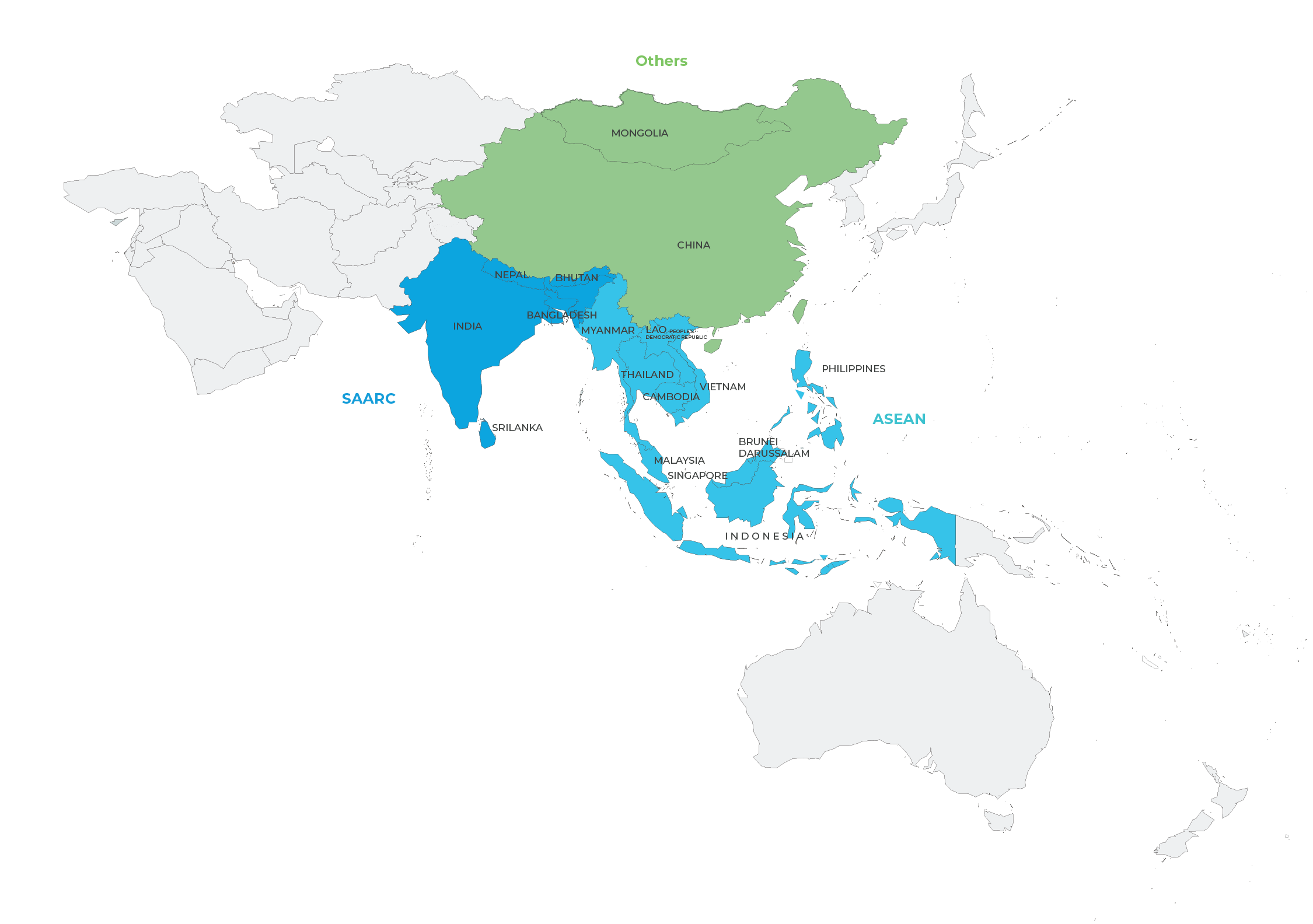Animal health laboratories play a crucial role in detecting pathogens before they emerge, spread and become difficult to control. Early detection of these pathogens will help countries to develop policies and protocols to enable timely and accurate confirmation of pathogens, which supports outbreak investigations and can break the chain of transmission to control outbreak more rapidly. Therefore, having high quality and biosafe testing capabilities with well-equipped and well-trained personnel to detect animal diseases in a timely manner is one of FAO ECTAD’s priorities in the region.
In 2004, highly pathogenic avian influenza outbreaks hit the region, and since 2006, FAO has been supporting laboratory capacity building programs for animal health laboratories in the region in six key areas:
- Laboratory assessments: evaluate the functionality of veterinary diagnostic laboratories
- Diagnostic capacity: provide guidance, protocols and technical support to improve, standardize and harmonize diagnostic procedures in veterinary diagnostic labs
- Quality assurance: provide support to improve quality of diagnosis in labs and eventually obtain ISO17025 (an accreditation to ensure that laboratories consistently produce valid and reliable results)
- Biosafety: provide support to analyse, evaluate and improve biosafety conditions in vet labs to prevent the laboratory personnel from being infected and avoid contamination
- Laboratory networking: support and strengthen regional lab networks and promote networking
- Bioinformatics: develop harmonized approaches to build bioinformatics capacity in the region
An assessment to identify priorities and gaps is essential to improve the capacity of animal health laboratories at national and regional levels. FAO uses the Laboratory Mapping Tool (LMT) to measure and improve the quality of animal health laboratories in the region. Until 2022, 80 laboratories in 15 countries in Asia have applied the tool and thus identified their main strengths and remaining gaps to increase their overall functionality.
 Ways forwards
Ways forwards
In the next five years (2022-2027), the FAO laboratory capacity building programs will focus on enhancing the regional laboratory networks, developing a practical veterinary laboratory policy to increase laboratory management at the national level, and introducing novel approaches and technologies. Portable systems for PCR and field sequencing (minION technology) will be explored to increase the capacity of the laboratories in a sustainable way and also expand diagnosis for AMR and wildlife as well as establish private-public sector laboratory networks.
Existing laboratory networks at the national and regional levels will be strengthened and linking national laboratories with regional and global reference laboratories will be according to the Global Health Security Agenda (GHSA) Regional Strategic Roadmap for Laboratory Systems.
By working with governments, regional integration organizations and private sectors, FAO continues to support animal health laboratories to prevent and detect animal disease threats in the region.
